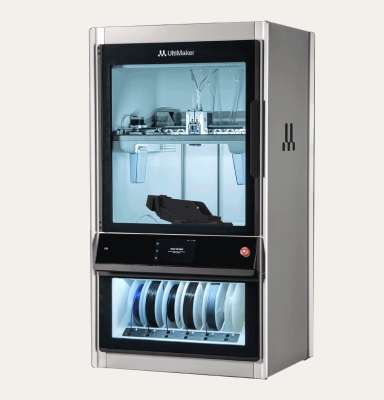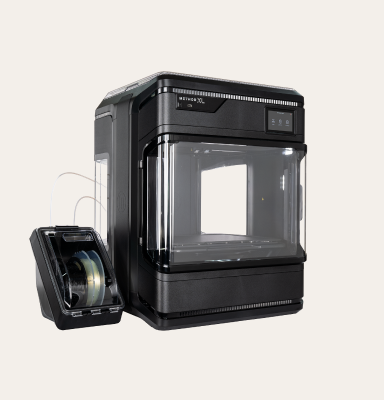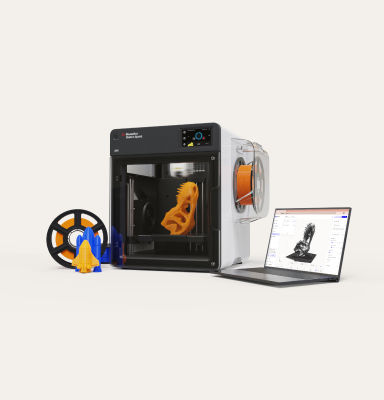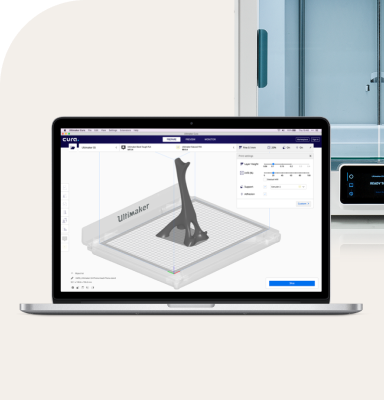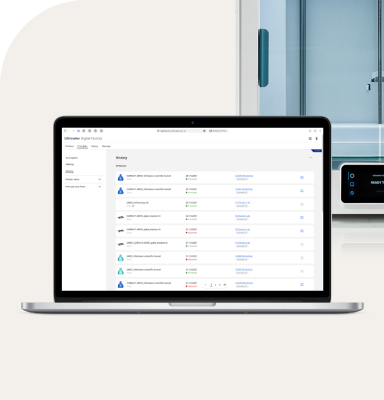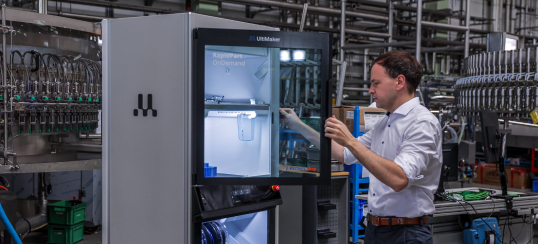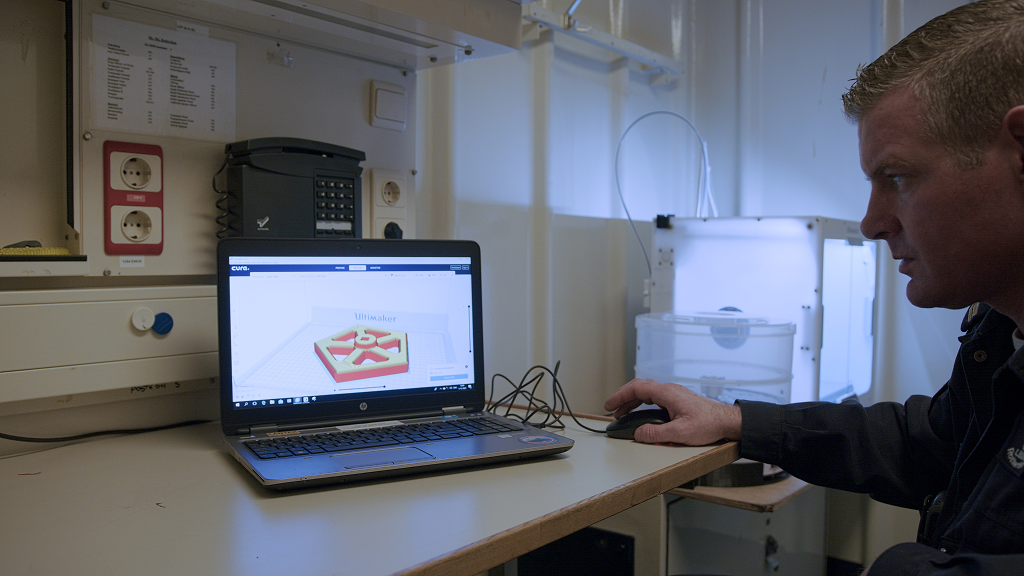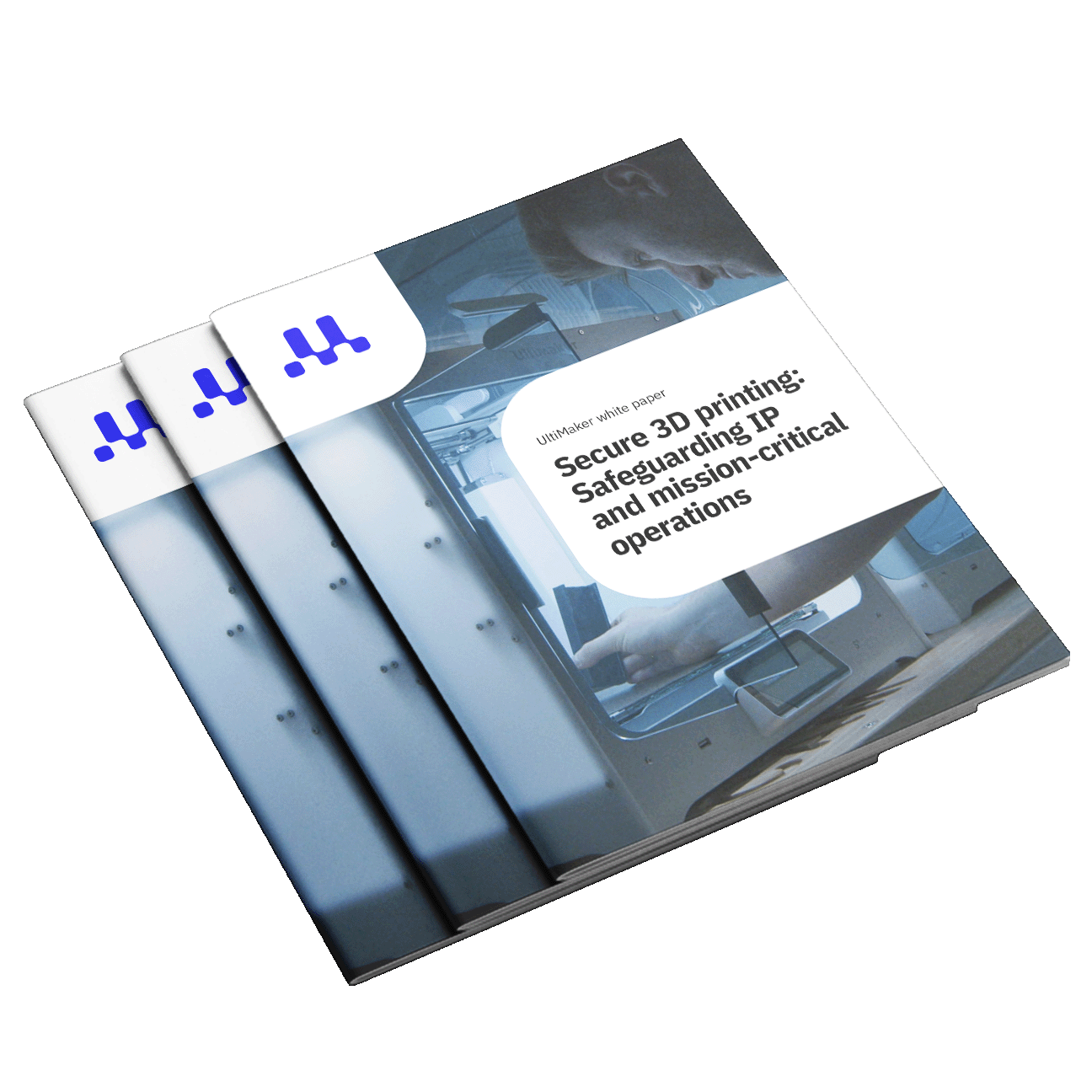With additive manufacturing moving from a prototyping tool to a core manufacturing technology used in various sectors, such as defense, aerospace, and healthcare, the need for secure solutions is increasing.
While such a transformation brings speed, flexibility, and new dimensional opportunities, it also presents new vulnerabilities. Confidential prototypes, designs, and intellectual property (IP) can now be shared, stolen, or at risk of being compromised. Choosing an additive manufacturing solution that supports the safekeeping of intellectual property, both on a software and physical level, is crucial to ensure operational continuity.
In this white paper, we will present the most important aspects of security in 3D printing and how to adopt a secure 3D printing ecosystem to your organization. We will also deep-dive into how UltiMaker tackles the current security challenges that defense, manufacturing, and other sectors might face.
The security landscape for 3D printing
When talking about security in the realm of additive manufacturing, there are several factors to consider before adopting 3D printing technology, especially in high-security sectors. Ensuring the confidentiality, integrity, and availability of both digital assets and printed parts is critical, particularly when producing functional components for aerospace, medical, or defense applications.
Software security
In the context of 3D printing, software security means ensuring that every stage of the digital manufacturing chain – from CAD design to slicer software to printer firmware – is safeguarded against cyber threats. Poorly secured software can expose organizations to theft of sensitive IP, sabotage of production files, or insertion of hidden defects into parts.
Download our free white paper to access the content

